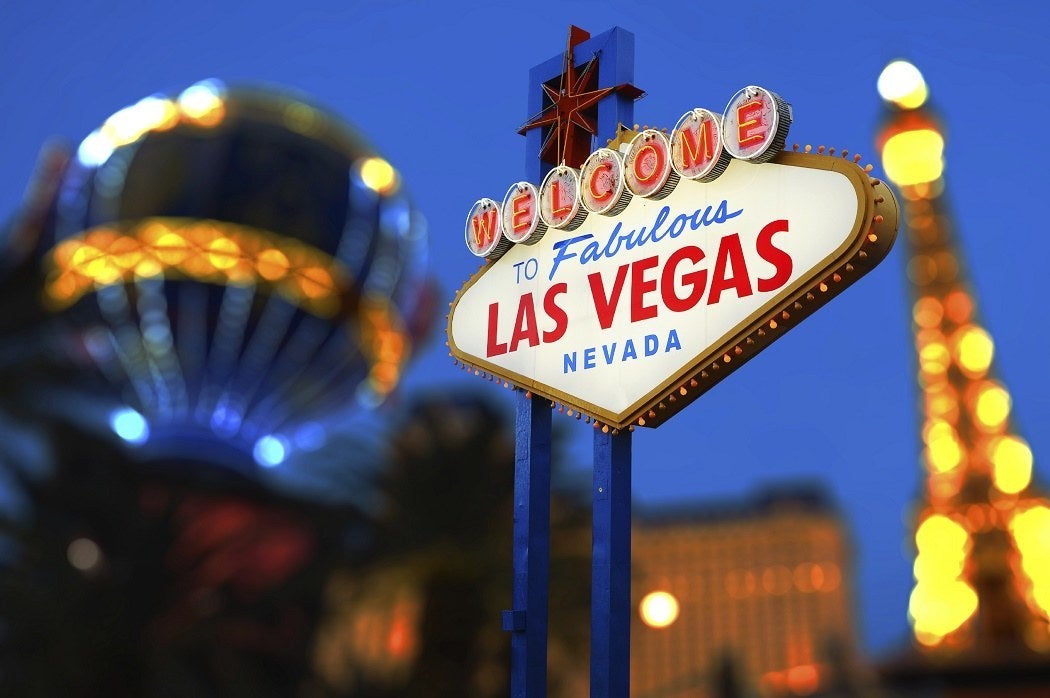Las Vegas is a city like few others. It’s used in many iconic American stories as a symbol of urban landscapes bringing out the more decadent aspects of humanity, a city that embodies our collective craving for an unencumbered freedom. Whether that’s crime (Casino), the capitalist urge (Ocean’s Eleven), drugs (Fear & Loathing in Las Vegas), other forms of addiction (Rounders), comic misadventure (The Hangover), or even the power of upper level statistical analysis (Bringing Down the House), Vegas as a literary symbol is easily identifiable.
It’s bullet-pointed in the Casino trailer when a series of words cross the screen: “MONEY,” “POWER,” “PASSION.”
While it may be true, it was always happily accepted in Las Vegas.
In a 2011 article titled “Protecting a City’s Image: The Death of ‘Las Vegas Beat'” and published in Studies in Popular Culture, Larry Dale Gragg tells a story of an effort to control the city’s public image through blocking storytelling.
Gragg’s essay starts with the Mark Goodson-Bill Todman Production Company trying to finish filming a pilot for NBC concerning a detective in Las Vegas in 1961, just nine years before the story in Casino takes place. At the time ABC was also working on a Las Vegas-centric pilot. Vegas was “in.”
The relationship the producers and networks had with the city and Vegas casinos changed suddenly, with no one at the other side of the table interested in the kind of attention stories about Las Vegas were bringing to the city. The City and the casinos wanted to control the public image of the city. They feared, as Gragg says, that the “crime and violence” that would be depicted on these shows might interfere with the legal standing of gambling in the city.
It’s a fascinating story that sheds a different kind of light on a city that has embraced its own decadence as a marketing tactic in campaigns that tell us “What Happens Here, Stays Here.” That slogan was implemented as tourism marketing in 2003 after being developed by the ad agency R&R Partners. That campaign’s success—now running for 12 years—tells you everything you need to know about how well efforts to block Vegas’ decadence from TV and film went.
Weekly Digest
Though, some would explain that “decadence” differently. In a case study about the R&R campaign, the ad agency explains why the slogan “What Happens Here, Stays Here” has had such staying power quite differently:
The emotional bond between Las Vegas and its customers was freedom. Freedom on two levels. Freedom to do things, see things, eat things, wear things, feel things. In short, the freedom to be someone we couldn’t be at home. And freedom from whatever we wanted to leave behind in our daily lives. Just thinking about Vegas made the bad stuff go away. At that point the strategy became clear. Speak to that need. Make an indelible connection between Las Vegas and the freedom we all crave.
No matter how you explain it, Vegas is a symbol of that freedom or decadence and fighting that characterization is a Sisyphean effort.







